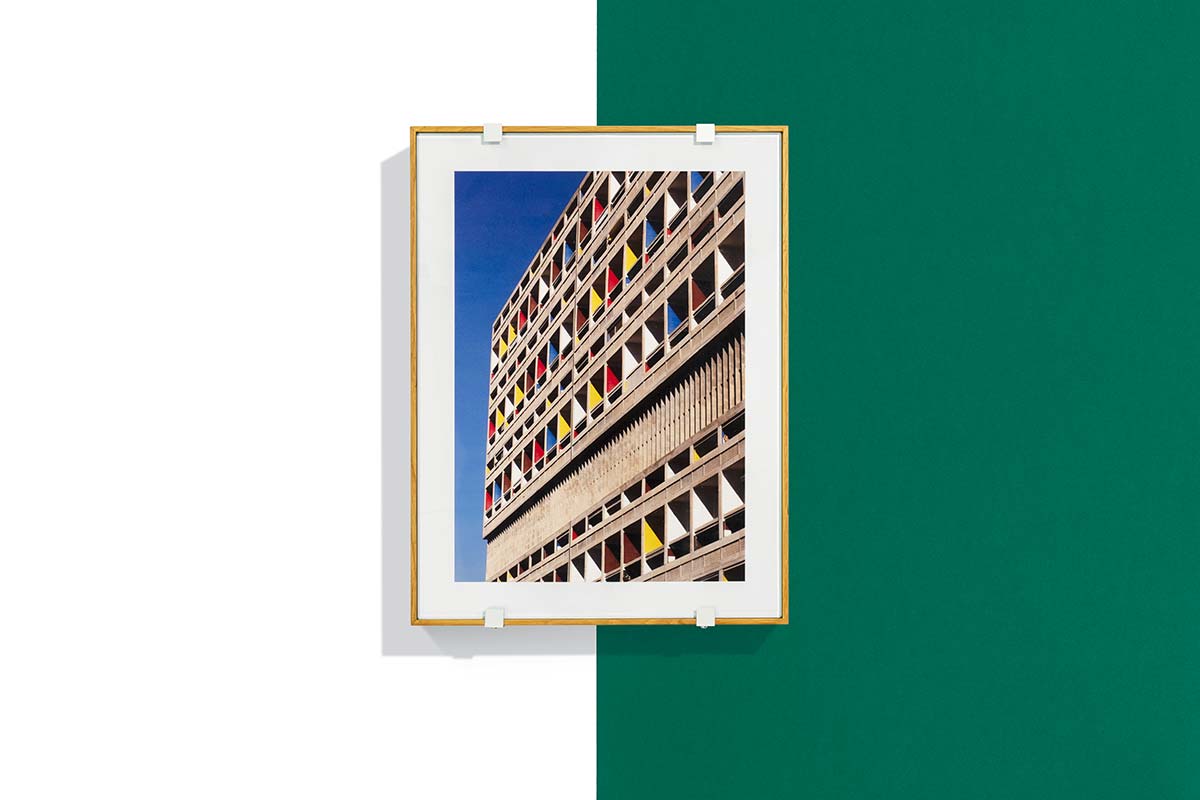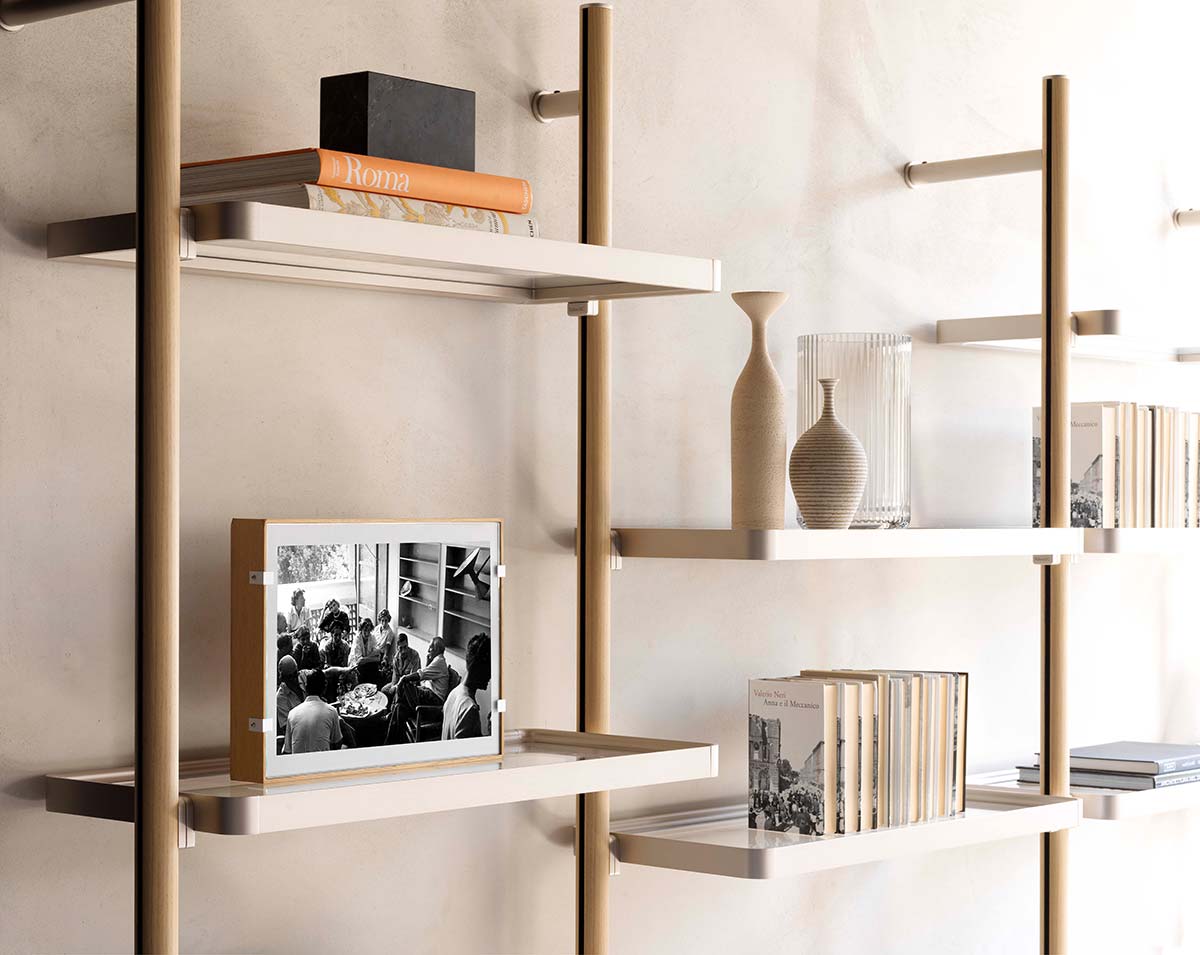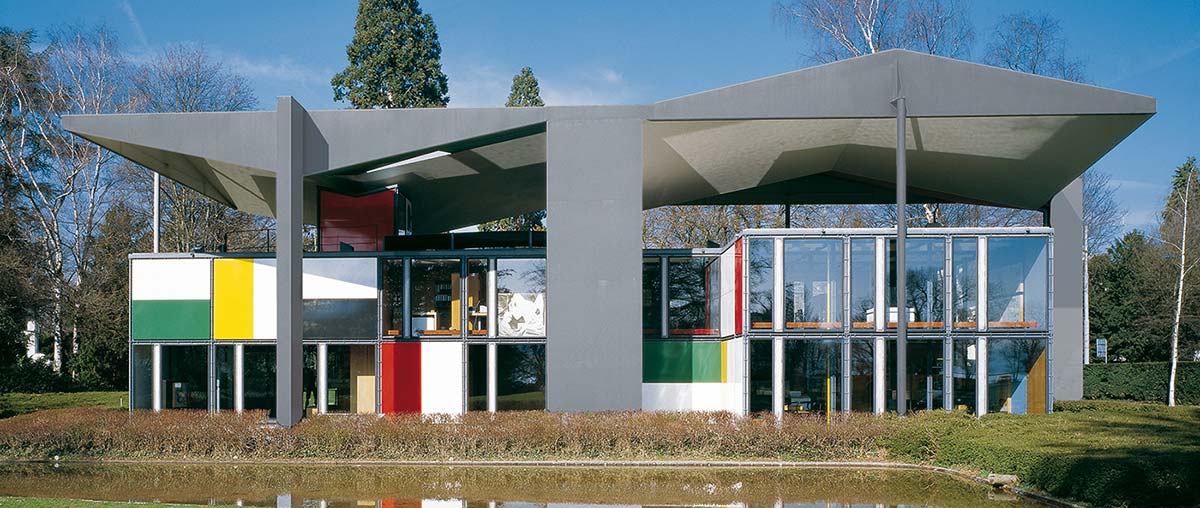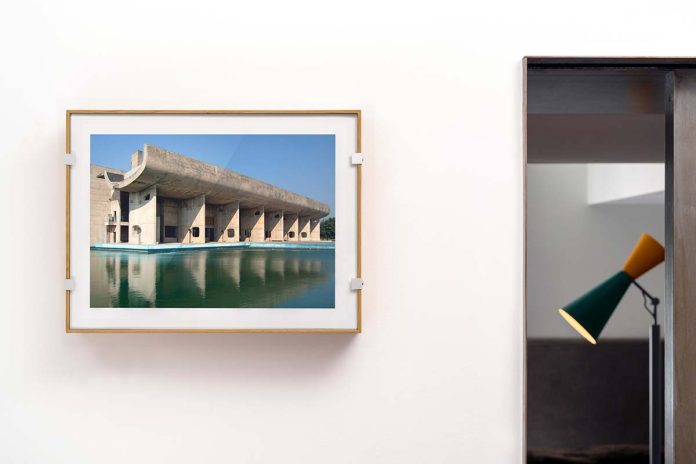A significant example of Le Corbusier’s rational approach, Le Cadre Parfait – or ‘Perfect Frame’, now reissued by Nemo – is a tribute to the great Swiss-French architect’s attention to detail in the living environment. Originally designed by Le Corbusier in 1950, Le Cadre Parfait was conceived for the collection of drawings and graphic art works of Heidi Weber, a Swiss art collector.

It is a freestanding object that can also be suspended, made of solid beech wood and moulded into a structure that embodies Le Corbusier’s distinctive rational approach.

The volume is essential, the artwork and the glass seem to float. This small object marked the beginning of a quest to standardise interior design elements.

Heidi Weber later commissioned Le Corbusier to build a museum dedicated to his work. And it is one of the last buildings he designed, although the chronology is slightly complex. The museum – in Zurich, open to the public – was completed in 1966, a year after the architect’s death. However, the drawings were produced in 1963, and Le Corbusier continued working until 1965.
Today, Nemo, which has many re-editions of Le Corbusier’s lamps in its catalogue, revisits Le Cadre Parfait by creating a solid beechwood structure with matt anodised aluminium details, which tells the story of the architect’s work with continuity. For aficionados, an object that embodies the vision of its creator: a model of a fascinating journey towards perfection.











